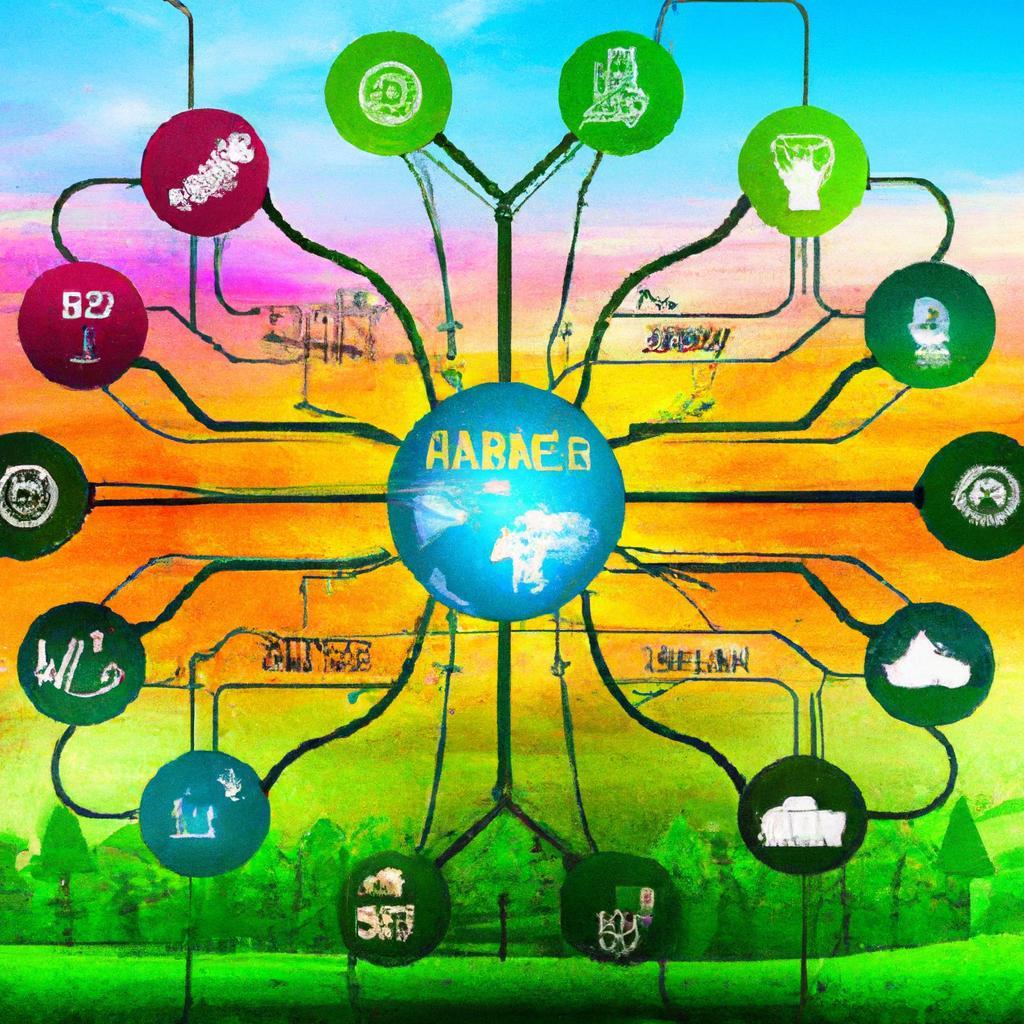
How Technology is Improving Animal Welfare
In a world where technology is constantly evolving and advancing, its impact on animal welfare should not be underestimated. From innovative tracking devices to cutting-edge medical treatments, technology has revolutionized the way we care for and protect our furry, scaled, and feathered friends. In this article, we will explore the ways in which technology is enhancing animal welfare and paving the way for a brighter future for all creatures great and small.
Table of Contents
- Advancements in Animal Health Monitoring
- Utilizing Wearable Technology for Animal Tracking
- Enhancing Veterinary Care through Telemedicine
- Implementing AI and Machine Learning in Wildlife Conservation
- Q&A
- In Retrospect
Advancements in Animal Health Monitoring
Technological advancements have revolutionized the way animal health is monitored, leading to significant improvements in animal welfare. One of the key innovations in this field is the development of wearable devices that can track vital signs and behavior patterns in real-time. These devices, ranging from smart collars to ear tags, allow farmers and veterinarians to monitor the health of individual animals and identify any potential issues early on.
Furthermore, the use of data analytics and artificial intelligence has enabled more accurate and predictive monitoring of animal health. By analyzing the vast amounts of data collected from these wearable devices, patterns and anomalies can be detected, leading to proactive healthcare interventions. This not only improves the overall well-being of the animals but also helps in preventing disease outbreaks and reducing the need for antibiotics.
Utilizing Wearable Technology for Animal Tracking
One of the most innovative ways technology is improving animal welfare is through the utilization of wearable technology for animal tracking. These devices are revolutionizing the way we monitor and protect wildlife, providing valuable data for conservation efforts and helping researchers better understand animal behavior.
With the help of GPS trackers, biometric sensors, and other wearable devices, researchers can track the movements, health, and habits of animals in real-time. This technology allows for more accurate data collection, which in turn leads to more effective conservation strategies. By harnessing the power of wearable technology, we are able to protect and preserve vulnerable animal populations like never before.
Enhancing Veterinary Care through Telemedicine
Telemedicine is revolutionizing the way veterinarians care for their furry patients. With the advancement of technology, more and more pet owners are able to consult with a veterinarian remotely, saving time and money while still ensuring the well-being of their beloved pets. Through video calls, emails, and text messages, pet owners can receive advice on pet care, behavior problems, and even minor medical issues, all from the comfort of their own home.
Furthermore, telemedicine allows veterinarians to monitor chronic conditions in pets more closely and efficiently. With the ability to remotely track vital signs and medication adherence, veterinarians can provide personalized treatment plans that are tailored to the individual needs of each pet. This not only improves the quality of care but also enhances the overall well-being and happiness of the animal. The future of veterinary care is here, and it’s clear that telemedicine is playing a crucial role in enhancing animal welfare.
Implementing AI and Machine Learning in Wildlife Conservation
One way technology is revolutionizing wildlife conservation is through the use of Artificial Intelligence (AI) and Machine Learning algorithms. These advanced technologies are being utilized to help automatically identify and track endangered species in their natural habitats, enabling researchers to gather crucial data on population sizes and movements. By analyzing large amounts of data collected from camera traps, drones, and satellite imagery, AI can detect patterns and trends that may have previously gone unnoticed, leading to more effective conservation strategies.
Moreover, AI-powered predictive modeling is being used to anticipate potential threats to wildlife populations, such as poaching or habitat loss, allowing conservationists to take proactive measures to protect vulnerable species. Machine Learning algorithms are also being applied to develop more accurate wildlife population estimates and to monitor the health and behavior of individual animals. By harnessing the power of technology, researchers and conservationists are able to make better-informed decisions and implement targeted interventions to safeguard the future of our planet’s diverse wildlife.
Q&A
Q: How is technology being used to improve animal welfare?
A: Technology is being utilized in a variety of ways to enhance the welfare of animals, from tracking devices for monitoring their movements and behaviors to advancements in medical treatments and surgeries.
Q: What are some examples of technology that are benefiting animals?
A: Some examples include GPS collars for tracking endangered species, robotic surgery techniques for more precise and less invasive procedures, and monitoring systems in animal shelters to ensure the health and safety of residents.
Q: How has technology changed the way we approach animal welfare?
A: Technology has enabled us to gather more data and information about animals, allowing us to make more informed decisions about their care and treatment. It has also provided new tools and techniques for improving their quality of life.
Q: What are some potential future developments in technology for animal welfare?
A: Some potential future developments could include advancements in artificial intelligence for analyzing animal behavior, biometric monitoring devices for health assessments, and virtual reality simulations for training and enrichment purposes.
In Retrospect
As technology continues to advance, the ways in which we can improve the lives of animals will only increase. From innovative monitoring systems to life-saving veterinary equipment, the possibilities are endless. By harnessing the power of technology, we can ensure that animals receive the care and attention they deserve. Let’s continue to work together to create a brighter future for all creatures, great and small. After all, when we use technology for good, the possibilities are truly limitless.

